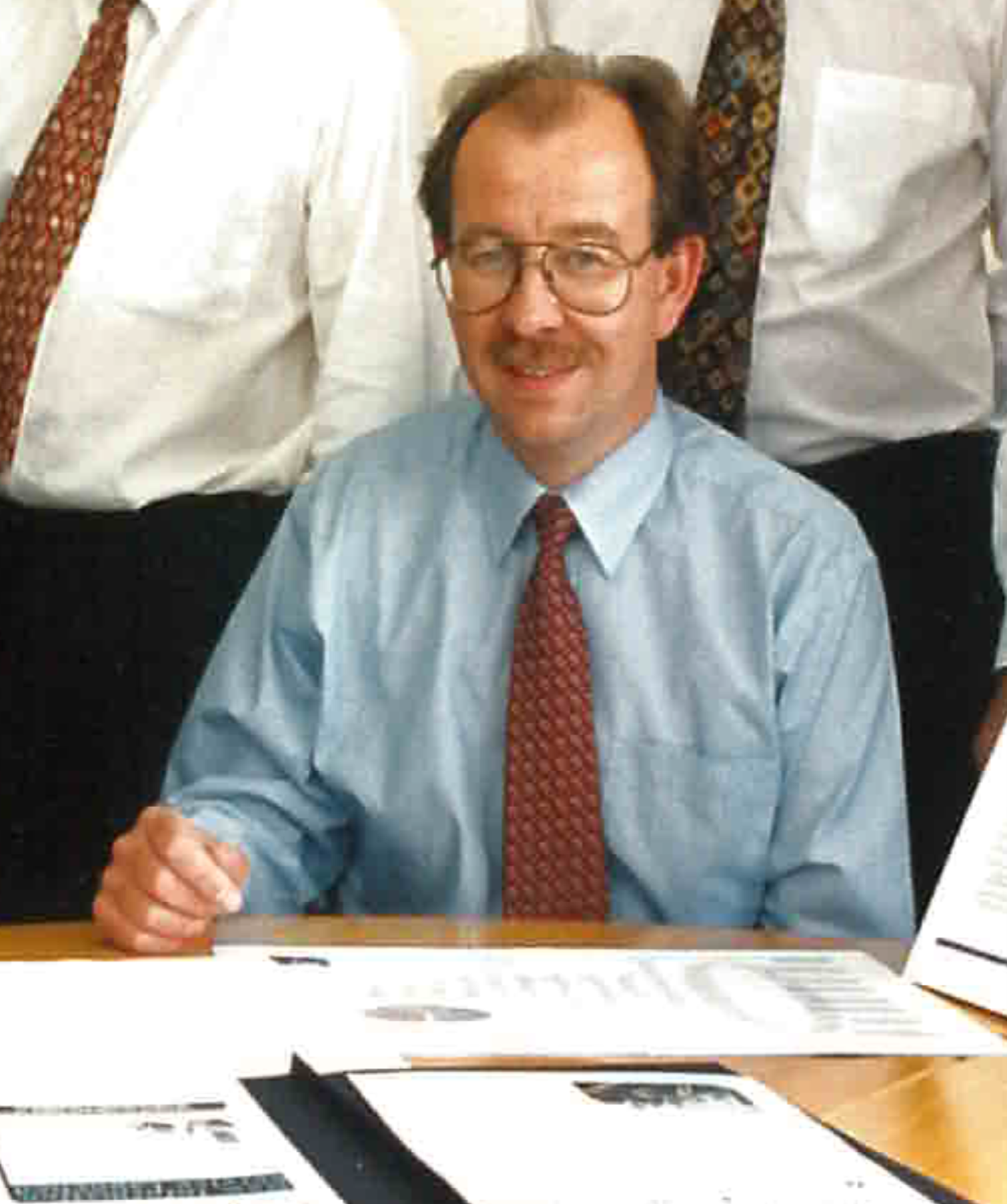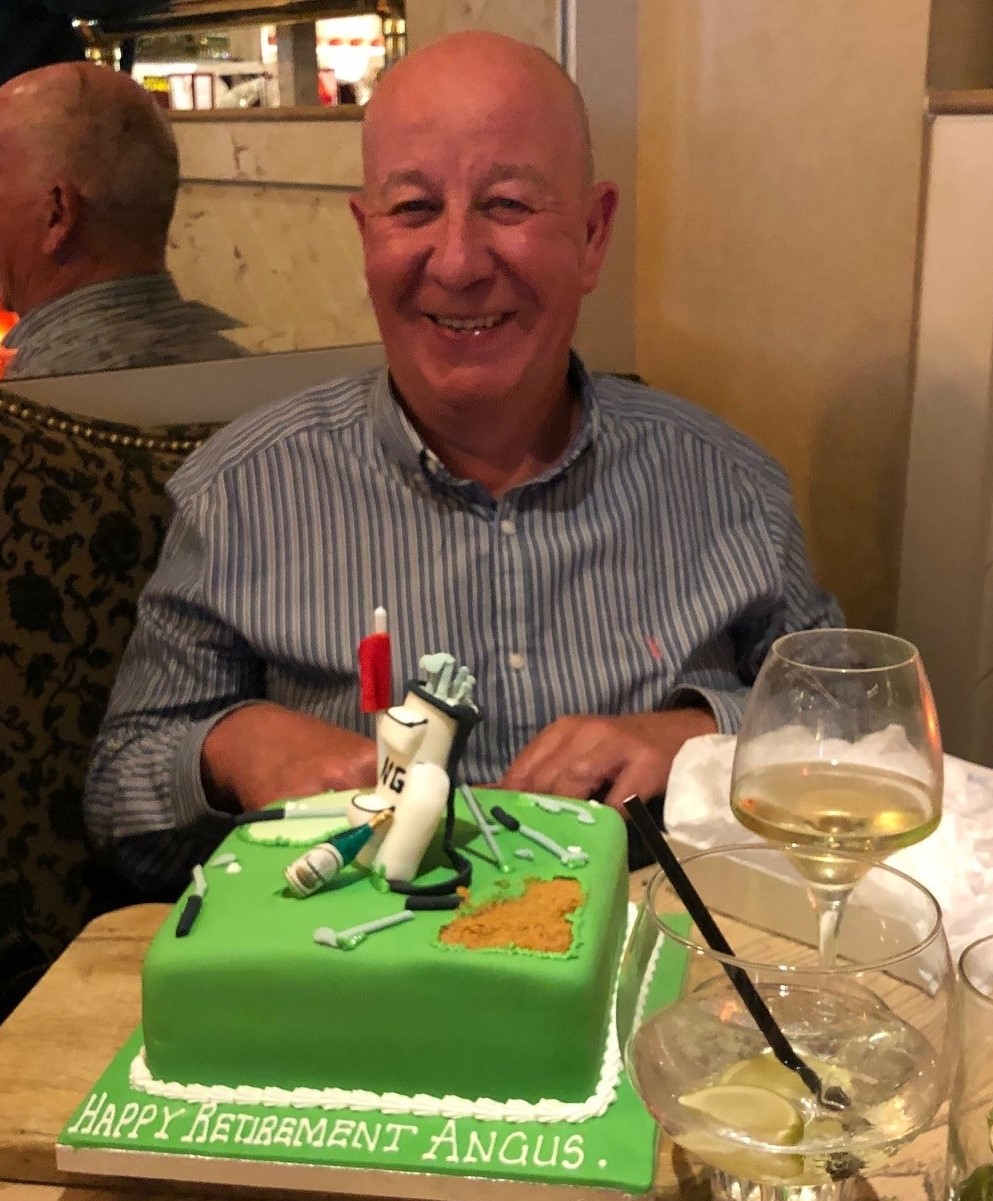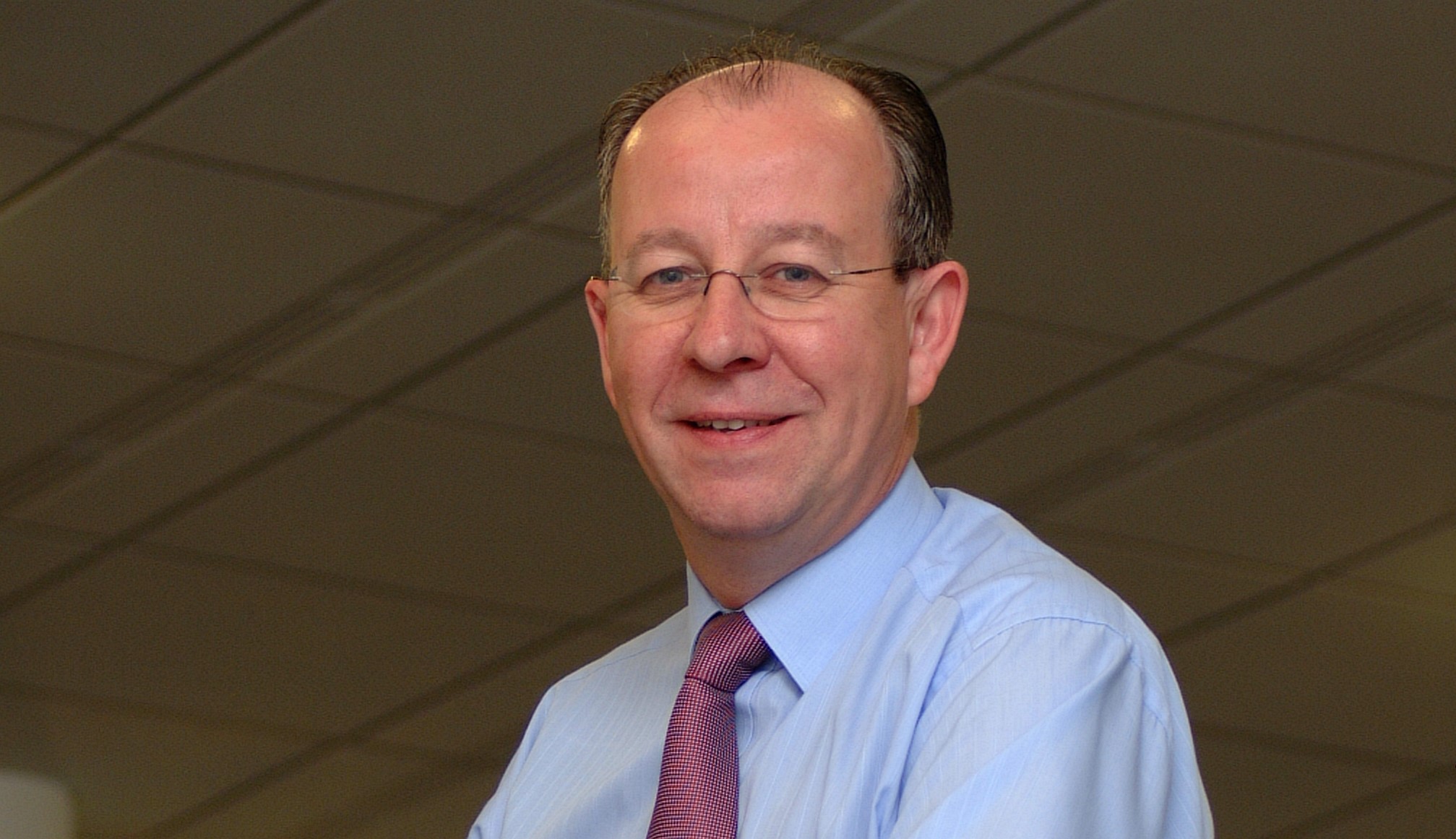
Insight
 Why did you launch Optimat?
Why did you launch Optimat?
Optimat was conceived within the Scottish Development Agency (predecessor of Scottish Enterprise) where I worked at the time specialising in economic development activities to support the advanced engineering sector in Scotland. It was one of a number of initiatives aimed at supporting the application of new technologies to improve international competitiveness. Optimat was concerned with new materials technology (the name ,Optimat, was short for the optimum material), which offered the opportunity for not only new and improved products but also new industries in the supply chain. The business model was a kind of public/private partnership involving four leading UK technology centres and a management consultancy that matched the start-up funding from the SDA. I was encouraged by the technology centres to lead the new venture and felt that I was ready for such a challenge, having spent five years in the SDA and also completed an MBA.
What were some of the key challenges you faced in the early years?
The main challenge in the early years was that, although we had some heavyweight sponsors, Optimat itself had no track record in the market and so found it difficult to achieve the level of sales that would sustain the business.
What were some of the big wins in the early years?
The most obvious big win in the early years was that we achieved a high degree of success in winning some important tenders with the UK Department of Trade and Industry (DTI). At that time, the DTI had a unit that sponsored material technology projects and programmes. Optimat, with its technical centre partners, was well placed to take advantage.
Was there a particular moment you felt the business had ‚ ‘made it‚Äù and would be able to sustain itself?
Probably the most important was the management buy-out in the mid-1990s after five years of trying to make the original business model sustainable. This allowed us to broaden out from the narrow focus on materials technology and engage more widely in the innovation agenda – and subsequently the new business opportunities and threats from the environmental sustainability agenda. It also created a more democratic management structure with four owner/managers that were jointly committed to succeed. Also, by the end of the 1990s, we were starting to become involved in the European Framework Programmes for research and innovation, which offered the opportunity for longer term contracts and thus the baseload that would allow us to become more strategic.
How have things changed over the years?
Although we work directly with both companies and the science base, Optimat’s sustainability was built on providing a mix of policy and programme level services to public sector organisations in Scotland, the wider UK and the European Commission. This meant that our primary market was sometimes influenced by changes in public sector policy. For example, around 2005, the delivery functions of the DTI were delegated to a new agency (Technology Strategy Board) and in 2012 the English Regional Development Agencies were abolished.
Looking back over the past 30+ years what have been the greatest achievements?
A couple of achievements come to mind. The first was our evolution to become one of the leading niche consultancies in Europe evidenced by our ability to win European Commission studies and coordinate complex European consortium projects. The other (more recently) was to identify a practical means of enabling the original owner/managers to sell their shares to an Employee Ownership Trust and thus ensure the continuity of Optimat through internal succession.
Looking back over the past 30+ years what have been the greatest challenges?
There were many challenges in the history of Optimat but finding the right people was always a challenge and critical to the viability of the business.
If you were to go back in time and change one (or more) thing, what would that be?
I would have included a three-year programme of company advice on new materials opportunities within the start-up funding to build credibility in the market (I believed that working capital from our original sponsors would be sufficient). Also, we could have broadened into digital and bio economy areas (from our original base of engineering & materials technologies) earlier than we did.
What are you most proud of in your professional career?
Making the transition from technical project manager to being able to start a new venture and deliver strategic management and policy advice and studies. This was made possible by five years in the SDA and completing an MBA. Also, it’s very satisfying that Optimat has been in business for a third of a century and appears well placed to continue for the foreseeable future.
 How will you spend your retirement?
How will you spend your retirement?
My retirement has been a gradual process over the past five years and I,ve reduced my working hours several times. I already spend a lot of time with my two grandsons and enjoy watching them growing up. Also, having spent most of my working life in offices I like to do a lot of walking, play some golf (plenty of scope for improvement) and a little gardening.

